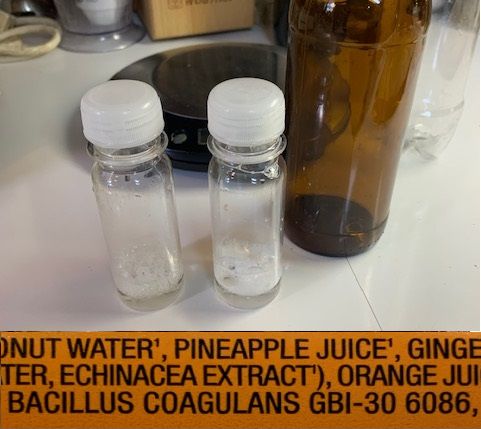The OP asked about Star San specifically, asking if it is enough, and it is (when combined with proper cleaning).
Iodophor is not superior to Star San in this context.
Your preference to use multiple sanitizers is not based on science.
I never said either was more effective, nor am I arguing one over the other. You seem to still have an issue that my post mentioned Iodophor right after you.
Also, you are ignoring the point that Star San, as scientifically determined, is only a sanitizer. That means it is only effective at a specific rate. The rate is not 100%. That means there's a chance that it won't work. It's small (1 in 100,000). (see
https://www.sterilex.com/interpreting-an-epa-label-sanitizer-vs-disinfectant/) However it exists. Since both Star San and Iodophor are sanitizers, by using both I reduce the risk to 1 in 10,000,000,000, as we need both to fail so we multiply the probabilities (math, an integral part of science). I have to say, that is super-effective. Better even than the numbers for a disinfectant.
Predominately though, as I said, even with "proper cleaning" and proper scientific approaches, humans make mistakes. You can't take the human out of the equation. Scientists build redundancies into systems all the time for the event of failure. Suppose you have a 1 in 1000 chance of improperly applying the sanitizer. (You mess up one bottle in a thousand.) That's less than the effectiveness of the sanitizer itself. Apply it twice, that error rate becomes 1 in a 1,000,000.
Carpenters have a much easier way of saying it,
"Measure twice cut once."



